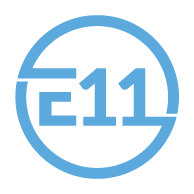In the 2016 Ontario Municipal Chief Administrative Officer Survey, CAOs identified “poaching” of their employees as a significant problem. One CAO bluntly summed up the issue,
“It feels like the succession plan of some of my neighbours is just to recruit my best people with higher comp.”1
In 2022, the challenge of keeping good people continues and it is not limited to municipalities. While compensation is certainly a consideration in luring people away from their current employer, there is another variable that plays a significant role in employee retention. If the adage of “people leave managers not companies” is to be believed, it is prudent for an organization to consider current leadership health when addressing the talent retention issue.
In conversations with my clients confronting this challenge, I lead with this question:
In order to avoid the stiff competition of the current talent market, what are you doing to keep your good people?
This question is followed by a probing of their current leadership health.
· Are your leaders self-aware and willing to set aside their own biases in their daily leadership practice?
· Do your leaders have an objective understanding of what motivates each member of their team?
· Do your leaders have the resources to lead effectively?
· Do you collect data on a regular basis that provides insight into leadership successes and challenges at all levels, and do you create action plans in response to the story of this data?
I. Are your leaders self-aware and willing to set aside their own biases in their daily leadership practice?
There is no shortage of evidence reinforcing the importance of self-awareness in leadership. Getting to that self-awareness through honest introspection, however, can be a humbling experience but at the same time, self-reflection is a powerful lever in recognizing one’s biases and realizing greater leadership potential. Ensuring that the organization’s leaders are provided with objective, frequent and reliable feedback about leadership behaviour at all levels can be a powerful strategy in retaining great employees.
II. Do your leaders have an objective understanding of what motivates each member of the teams they lead?
All members of the team are “wired” differently and therefore require a differentiated leadership approach. Understanding what motivates and demotivates team members and applying this knowledge in the leader- team member relationship demonstrates the leader’s willingness to recognize and respect team members as individuals. Respect and understanding of unique qualities are powerful motivators for an employee’s loyalty to their manager and their desire to remain with the team (and the company).
III. Do your leaders have the resources to lead effectively?
There is an entire industry that has grown out of leadership development. In my own professional experience and that of my clients, there are three metrics that separate “one day wonder” leadership development efforts from those that gain traction and become hardwired into company culture.
1. Simplicity – Leadership training and materials that are overly complex and require significant amounts of time and effort will not get used. Full stop. The measure of success for simplicity is the ability of leaders to immediately understand and apply new knowledge and materials in their daily leadership practice.
2. Relevance – Leaders must see a direct connection between leadership development initiatives and their current situation. Moreover, they will need to be convinced of the benefit for themselves and their team.
3. Accountability – Many leadership development initiatives fail because participants know they won’t be held accountable for implementation. Perhaps the most powerful accountability strategy is for all levels of leadership, from front-line managers to the C-Suite, to embrace, model, and set an expectation for the implementation of a leadership development strategy.
IV. Do you collect data on a regular basis that provides insight into leadership successes and failures in your organization?
In the same way that leader self-awareness affirms areas of strength and challenge so too, does organizational self-awareness. How do employees feel about coming in to work every day? How do they feel about their boss or the people they work with? Do they have a sense of satisfaction in their job? The answers to these and other important people-related questions will have impact on the success or failure of the organization because every business problem inevitably includes a people problem.
There are important considerations when conducting an organizational self-assessment:
1. Measure what matters. Specifically target those people areas that have the greatest impact on the achievement of organizational objectives
2. Select the tools and strategies that will yield the most useful objective information and provide a macro view of the entire organization as well as a micro view of each department. These dual perspectives shed light on the performance of all leaders in the organization.
3. Administer the assessment and collect the data in a timely manner.
4. The process does not end with the assessment! Analyze the data and create an action plan with key performance indicators and timelines. Everyone in the organization needs to feel that their contribution made a difference.
It takes courage for an organization to “hold up a mirror” to itself, but the payoff is understanding current employee sentiment which is a powerful data point in strategizing for employee retention.
The best option for avoiding the current “war on talent” is to keep your good people from leaving. A talent strategy that includes asking the right questions about leadership health, conducting an objective assessment of current leadership practices, and creating an action plan informed by the story of the data, will be instrumental in the engagement and retention of great employees.
1Ontario Municipal Chief Administrative Officer Survey 2016, A Candid Look at the Issues on the Minds of Ontario CAOs, SurveyCorp, Spring, 2016
Mitch LePage, a former public sector leader, is a Managing Principal with Predictive Success Corporation and leadership partner to private and public sector clients including municipalities. To discuss your talent strategy or challenges, you can reach Mitch at [email protected].
![]() The Canadian Association of Municipal Administrators (CAMA) offers a three-step CAO Performance Evaluation Toolkit that will benefit municipalities across the country.
The Canadian Association of Municipal Administrators (CAMA) offers a three-step CAO Performance Evaluation Toolkit that will benefit municipalities across the country.


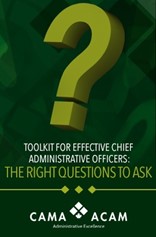
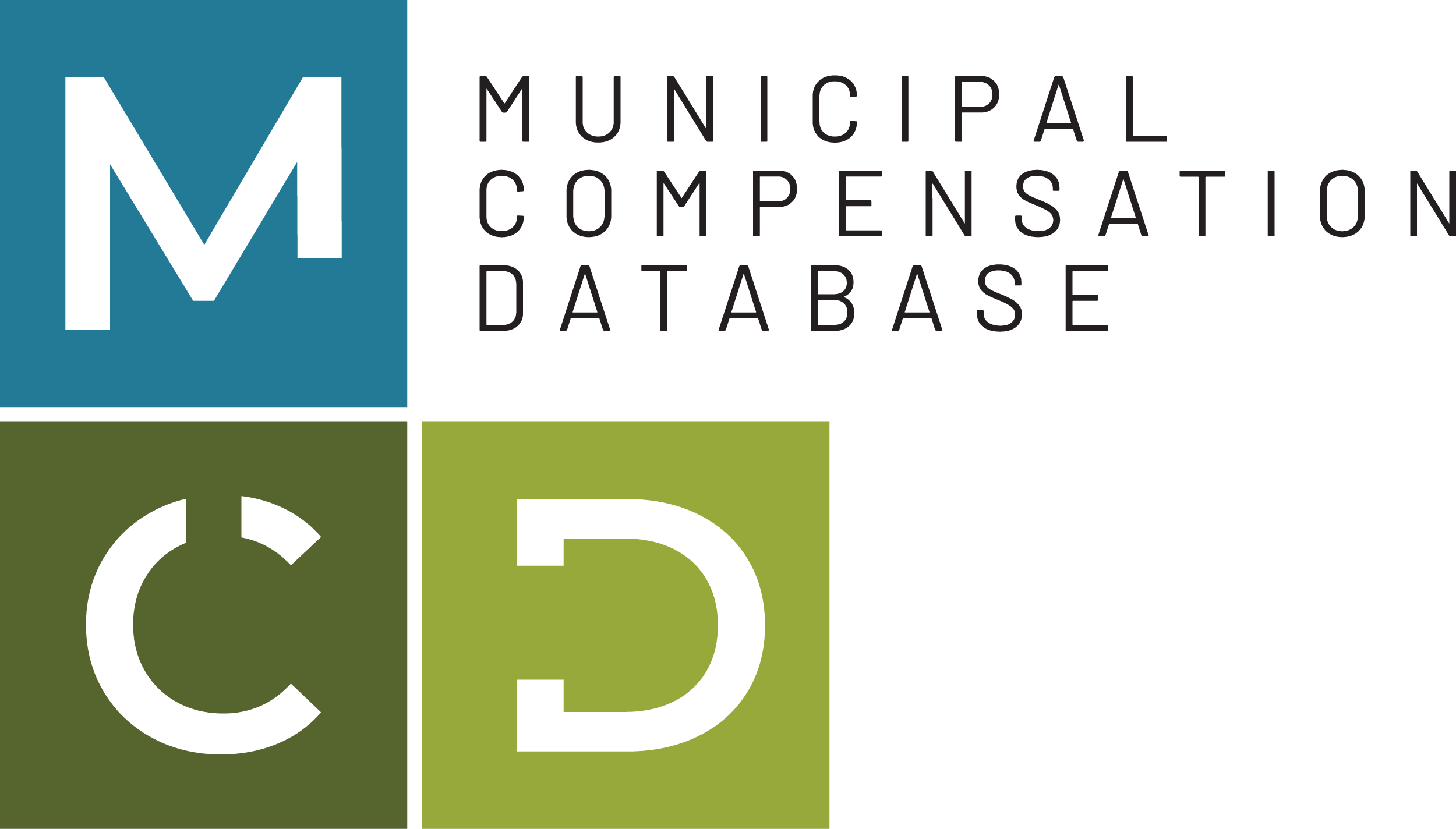
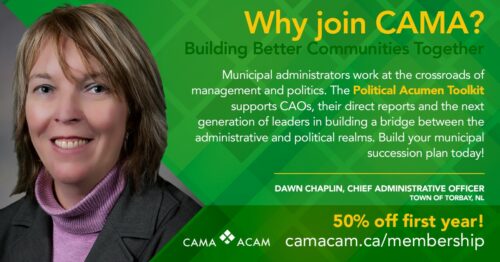
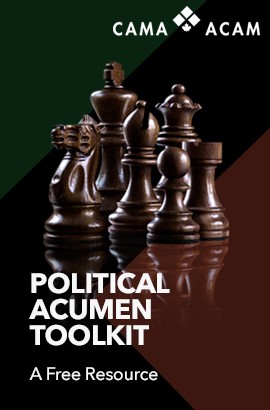 Recognizi
Recognizi


.png)
